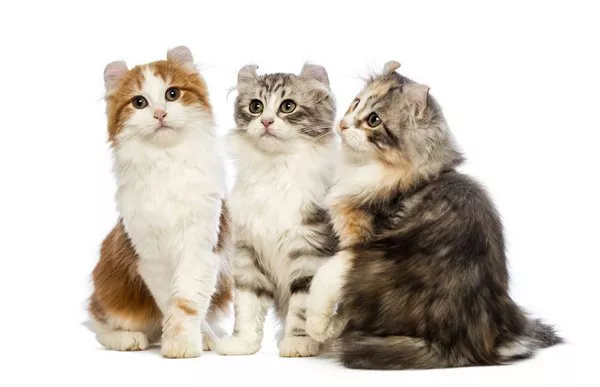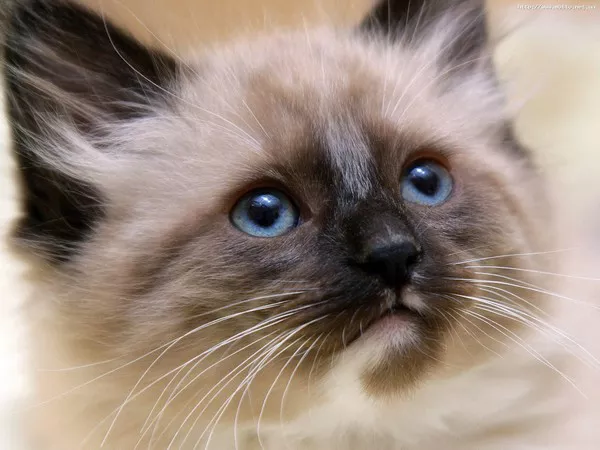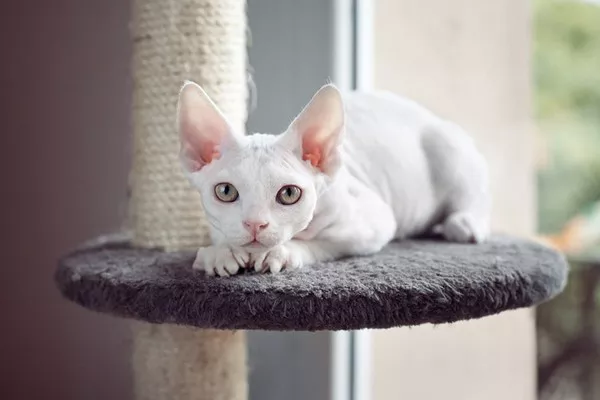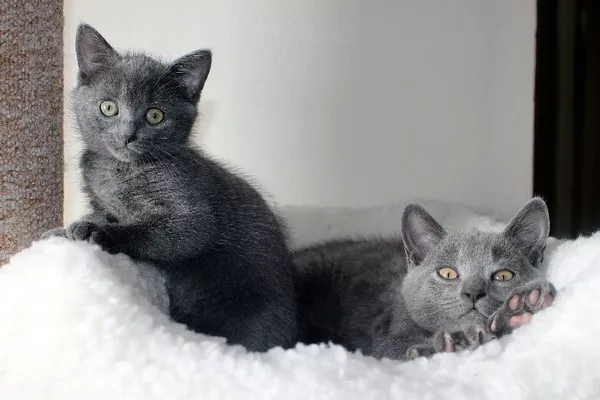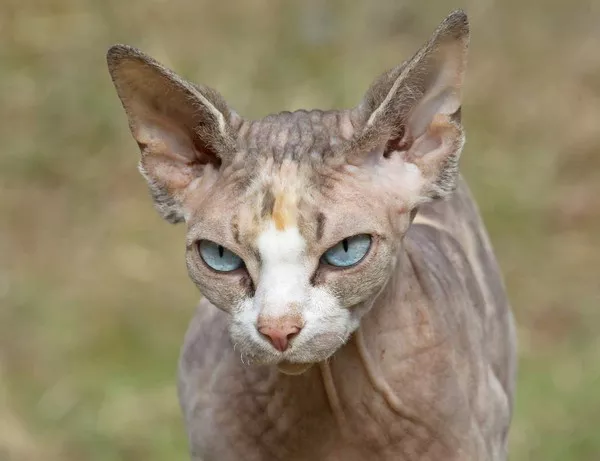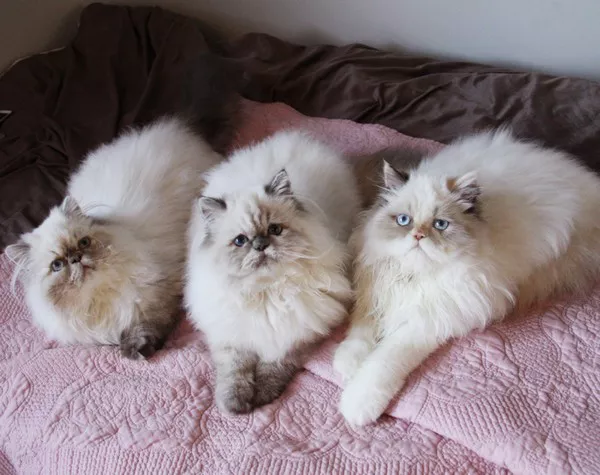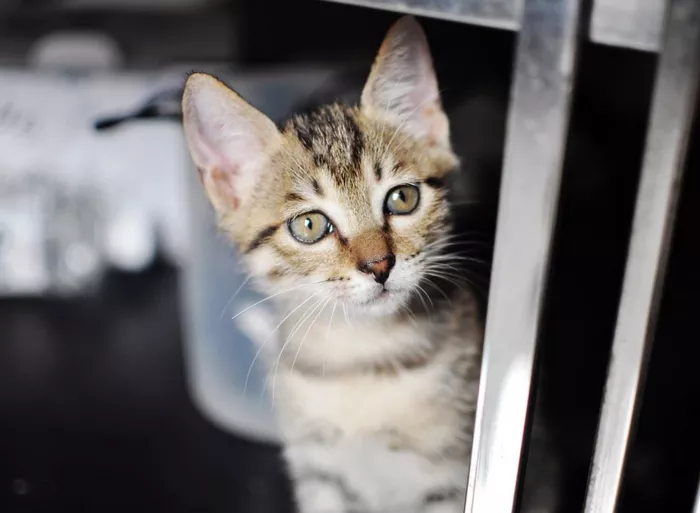The Chartreux cat is a breed known for its sweet disposition, dense blue-gray coat, and round copper or gold eyes. If you are considering breeding or have a Chartreux cat, you may be curious about their litter size. Understanding the reproductive characteristics of Chartreux cats can help you better anticipate and prepare for the arrival of kittens. In this article, we will explore the factors that influence litter size in Chartreux cats, discuss the average number of kittens they can have, and provide insights into the breeding process.
Factors Influencing Litter Size:
The number of kittens a Chartreux cat can have is influenced by various factors, including genetics, age, health, and environmental conditions. Here are some key factors that can impact litter size:
1. Genetics: Genetic factors play a significant role in determining litter size. Chartreux cats inherit their reproductive traits from their parents. Breeding cats with a history of larger litters may increase the likelihood of larger litters in subsequent generations.
2. Age: A Chartreux cat’s age can influence litter size. Generally, as cats mature, their fertility and the size of their litters may increase. Younger cats may have smaller litters, while older cats may have larger ones.
3. Health: The overall health and reproductive health of a Chartreux cat can impact litter size. Cats in optimal health tend to have better reproductive outcomes. Regular veterinary care, including pre-breeding health checks, can help identify any health issues that may affect litter size.
4. Environmental Factors: Environmental conditions, including nutrition, stress levels, and living conditions, can affect a cat’s reproductive capabilities. Providing a healthy, stress-free environment with a balanced diet can contribute to better reproductive health and potentially larger litter sizes.
Average Litter Size of Chartreux Cats:
The average litter size for Chartreux cats typically ranges from 2 to 6 kittens. However, it is important to note that litter size can vary significantly among individual cats and even within the same breeding pair. Some Chartreux cats may have smaller litters of 1 or 2 kittens, while others may have larger litters of 4 to 6 kittens. Factors such as genetics, age, and health can influence litter size, as discussed earlier.
Breeding Process and Considerations:
Breeding Chartreux cats should be done responsibly and with careful consideration. If you are planning to breed your Chartreux cat, it is crucial to understand the breeding process and take necessary precautions:
1. Selecting Suitable Mates: Choosing suitable mates is vital for healthy and successful breeding. Consider factors such as breed standards, health history, and genetic compatibility when selecting a mate for your Chartreux cat. Working with experienced breeders or seeking advice from cat associations can help ensure responsible breeding practices.
2. Breeding Timing: Understanding the female cat’s reproductive cycle is crucial for successful breeding. Female Chartreux cats generally have an estrus cycle lasting around a week, during which they are receptive to mating. Consulting with a veterinarian or experienced breeder can provide guidance on optimal breeding timing.
3. Pregnancy and Care: Once mating is successful, Chartreux cats have an average gestation period of approximately 63-67 days. During pregnancy, providing proper nutrition, a quiet and comfortable environment, and regular veterinary check-ups are essential for the health and well-being of the pregnant cat and her developing kittens.
4. Birth and Postnatal Care: Chartreux cats typically give birth without complications, as they are known to be good mothers. However, it is important to be prepared for potential emergencies or complications during delivery. Providing a clean and warm nesting area, monitoring the mother cat’s behavior, and seeking veterinary assistance if necessary are crucial during the birthing process and postnatal care.
Conclusion:
Chartreux cats can have an average litter size ranging from 2 to 6 kittens, with individual variations depending on factors such as genetics, age, health, and environmental conditions. Responsible breeding practices, including selecting suitable mates, understanding the breeding process, and providing appropriate care during pregnancy and birth, are essential for the well-being of both the mother cat and her kittens. It is important to consult with experienced breeders, veterinarians, or relevant cat associations for guidance and support throughout the breeding journey. By understanding the factors that influence litter size and taking necessary precautions, you can ensure the best possible outcomes for your Chartreux cat’s reproductive health and the health of their offspring.







